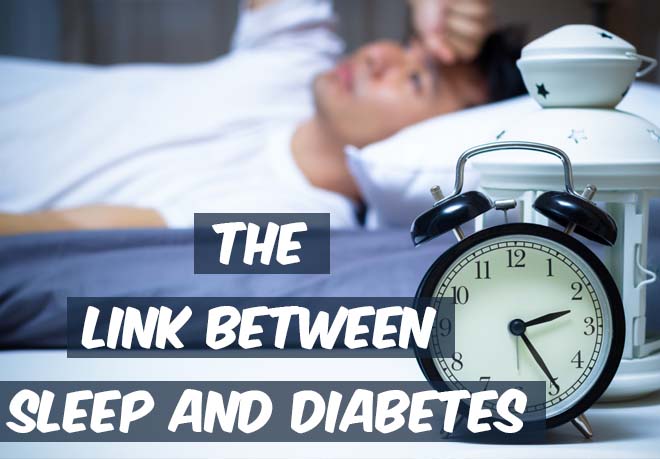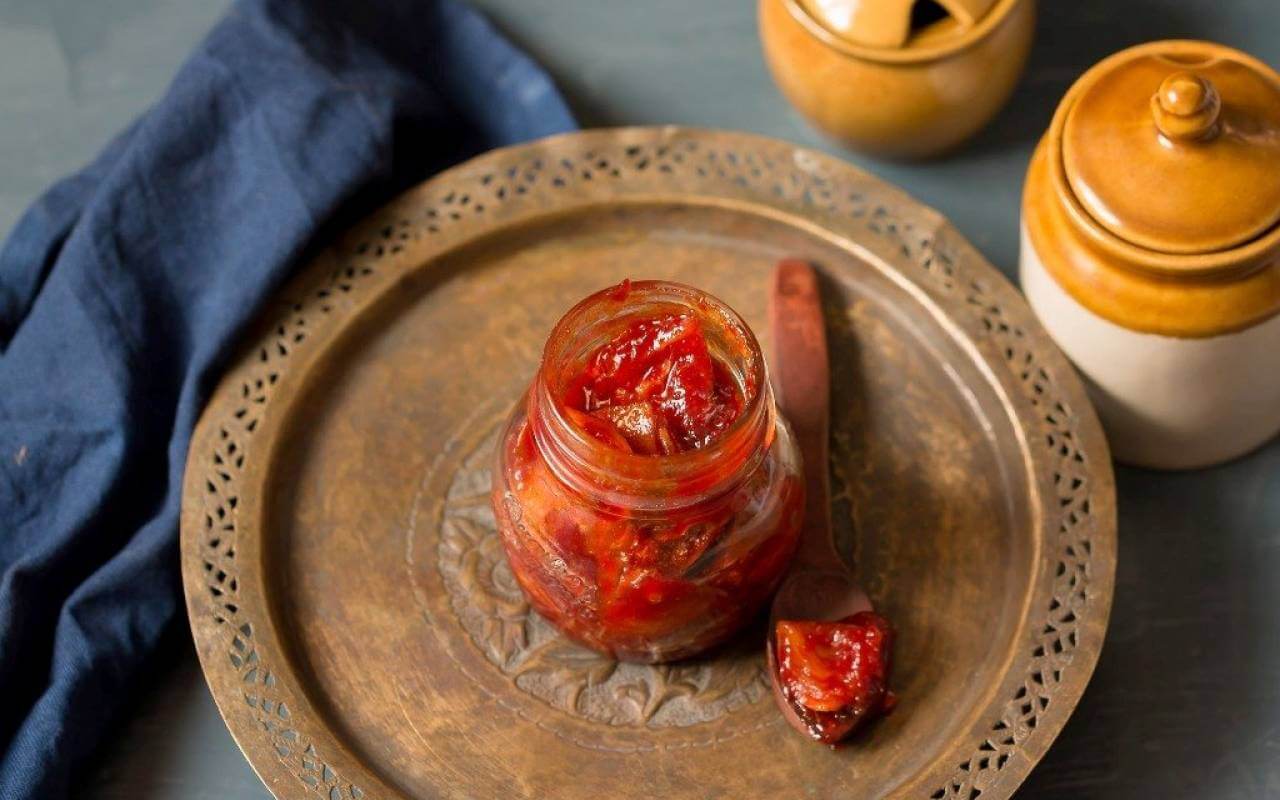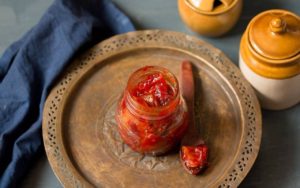
India has the dubious distinction of being referred to as the diabetes capital of the world. With over 50 million of its relatively youthful population (and potentially growing) afflicted with diabetes, instead of reaping the benefits of its much touted demographic dividend, the country actually faces a daunting Diabetes disaster.
Despite growing efforts, the level of awareness about the health risks of this chronic disease is worryingly poor. What’s even worse, are the myths that prevail about the causes of diabetes and the host of do’s and don’ts that are spread around.
Let’s get this straight first: diabetes is NOT caused by eating sweets or consuming sugar. It is really a ‘lifestyle disease’ i.e. the consequence of following an unhealthy lifestyle. While genetics may be a contributory factor, it is now universally acknowledged that lifestyle is indeed the most common cause of Type-2 diabetes. The result: the body becomes insulin-resistant and incapable of taking the blood glucose and delivering it to the body cells for cellular nutrition.
The real problem, hence is NOT the high blood sugar, but malnourishment of the body cells.
#1 Fix the root cause: Change your lifestyle
“Quick fixes” never work as they are not sustainable. Adopting a holistic approach that will work for you over the long-term is crucial. The approach should be based on understanding and addressing the root cause, rather than just the symptoms and the effects of the problem.
And so, if diabetes is characterized by the body becoming insulin-resistant, we should be focused on enhancing insulin sensitivity and ensuring it starts functioning better so that there is uptake of glucose from the blood. This can be achieved by adopting appropriate lifestyle changes that focus on eating right, exercising consistently, and regulating bed timings.
Isn’t it reassuring to know that diabetes can be prevented or controlled by making simple changes to how we eat, exercise and sleep?
#2 The diabetes diet: You don’t have to starve or compromise on taste
 In my practice, I have seen people switch to monk-like austerity and staying away from food that they like out of fear, after being diagnosed with diabetes. Such fear is unwarranted and in fact, tends to cause more problems. Instead, nutritional strategy for diabetes should be based on the following-
In my practice, I have seen people switch to monk-like austerity and staying away from food that they like out of fear, after being diagnosed with diabetes. Such fear is unwarranted and in fact, tends to cause more problems. Instead, nutritional strategy for diabetes should be based on the following-
- Eating as per your hunger: Eating is not grazing. Eating as per your hunger ensures that you are not starving, eating at the right times while keeping blood sugar steady.
- Carbs are needed: A diabetic diet myth that has been around for long is to limit “carb” intake. It is important to realise that carbohydrates are essential for diabetics. (for that matter, it is perfectly fine for diabetics to drink sugarcane juice!) Just stay away from the processed/ refined variety that lend artificial sugars to your food. Continue to be friends with your traditional source of carbs such as rice, roti, thepla, poha, idli, while you dump the cereals, biscuits, chips and colas.
- Do add fat to a meal: Adding fat to a meal, lowers its Glycemic Index (GI). Fat slows stomach emptying, delaying the process of converting food to blood sugar. Hence, more the fat, the slower the sugars (‘carbohydrates’) are digested, and lower is the glycemic index. So include good fats in your meals like white butter/curd/ milk/ ghee/ homemade pickle/ coconut/ peanuts.
- Get your quota of proteins: Protein helps increase insulin sensitivity. While protein-rich diets have become popular due to the quick weight loss bandwagon, one doesn’t have to really hunt for protein in food. Have wholesome meals like khichdi kadhi, rice dal, rice dahi, egg & roti so as to have an optimal or complete protein profile.
#3 Keep it movin’: The ‘magic’ of exercise

The American Diabetes Association advises to perform 150 mins/ week of exercise.
Amongst all the exercises, incorporating strength training into your workout regimen is crucial to increase insulin sensitivity. Structured and progressive strength training improves how the body uses insulin and allows glucose to get around the body better. Weight training at least twice a week is hence essential, irrespective of your age, gender and profession. A study published in the journal by American Diabetes Association found that twice-weekly weight training sessions helped control insulin swings (and body weight) among people with diabetes.
#4 “Dream” to be diabetes-free: The importance of good sleep

If you asked ‘what has sleep got to do with diabetes control’, you are not alone. The exact extent of the impact of lack of adequate sleep, both in terms of quantity and quality, is still being researched. However, there is sufficient scientific data to emphatically say that sleep matters!
The reason is not too hard to understand. Insufficient sleep or sleeping at irregular hours causes our ‘body clock’ to malfunction and consequently affect the natural, biological processes such as the secretion of insulin that are ‘programmed’ into the human system.
Therefore, ensure that you are getting good, restful sleep daily. Equally importantly, make sure that you go to bed and get up at the same time so that your body is fully in sync with the body clock.
Harmony is a beautiful state to live in!
Interested in adopting a lifestyle change to counter the diabetes threat? Get in touch with us for a diet and fitness consultation and let us work together to achieve your health and wellness goals.
Image courtesy : Google Images




